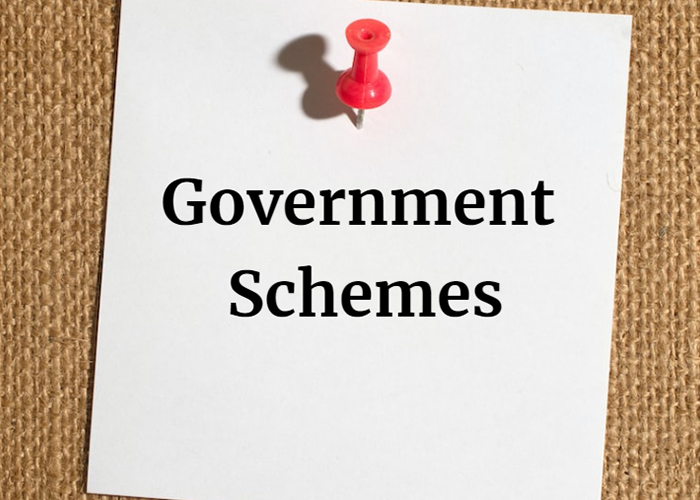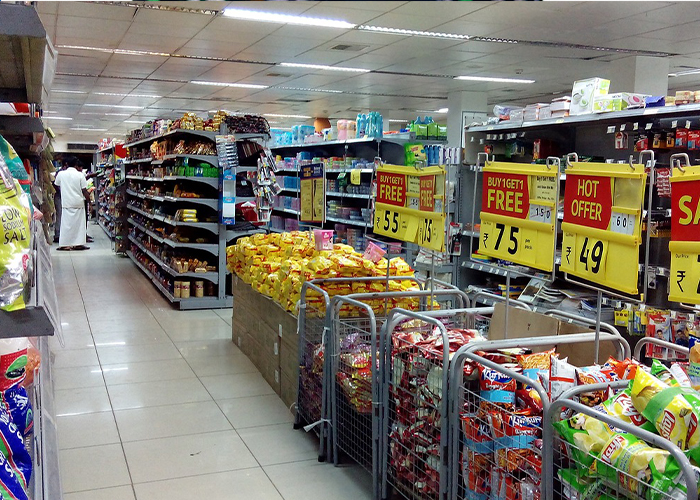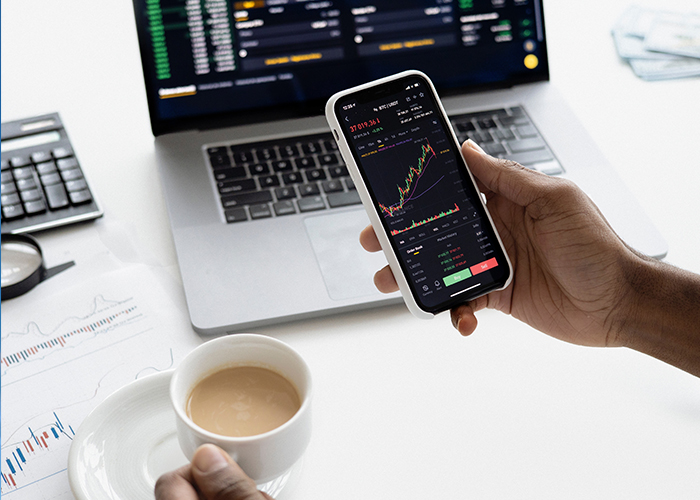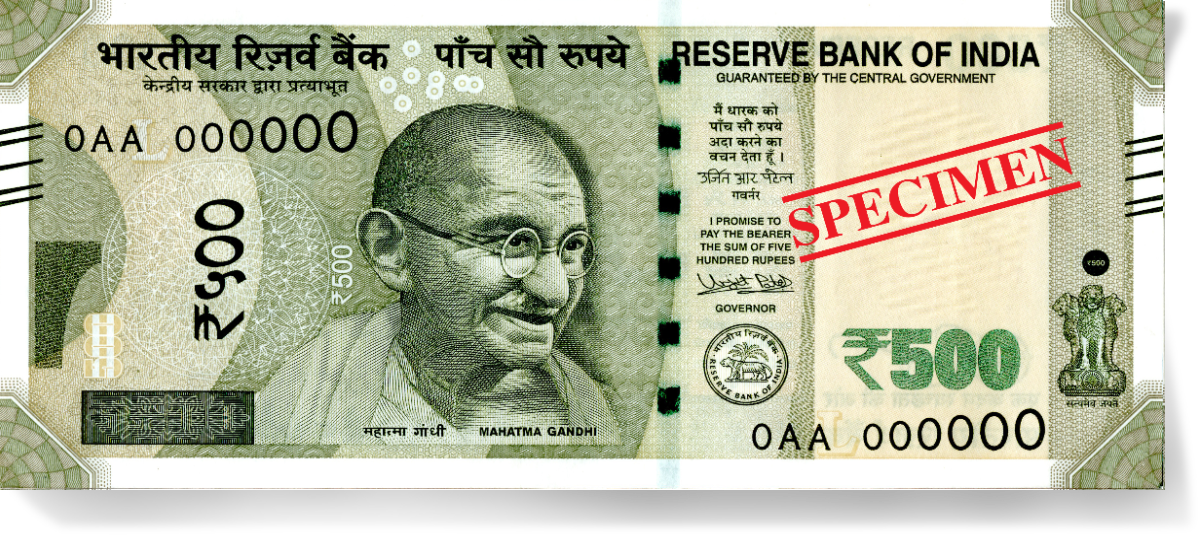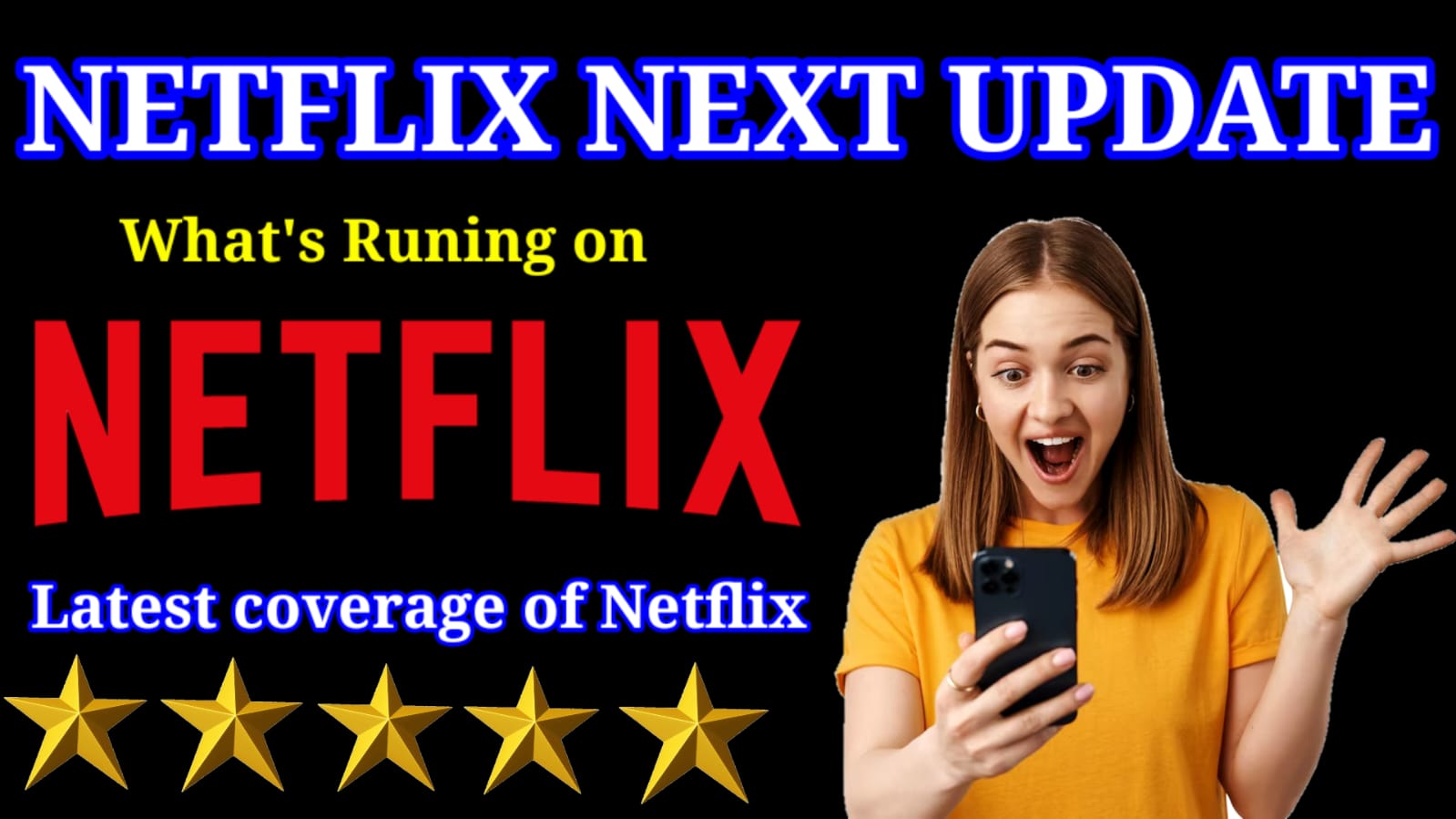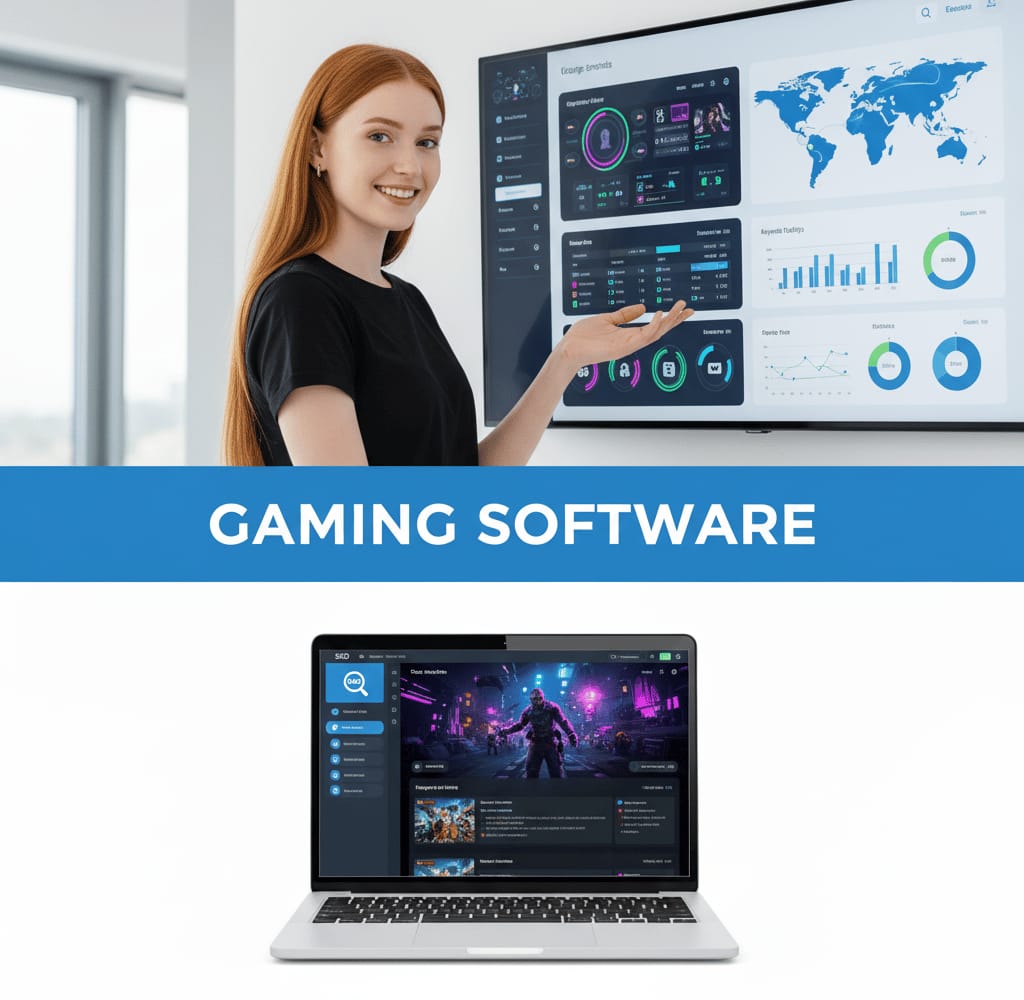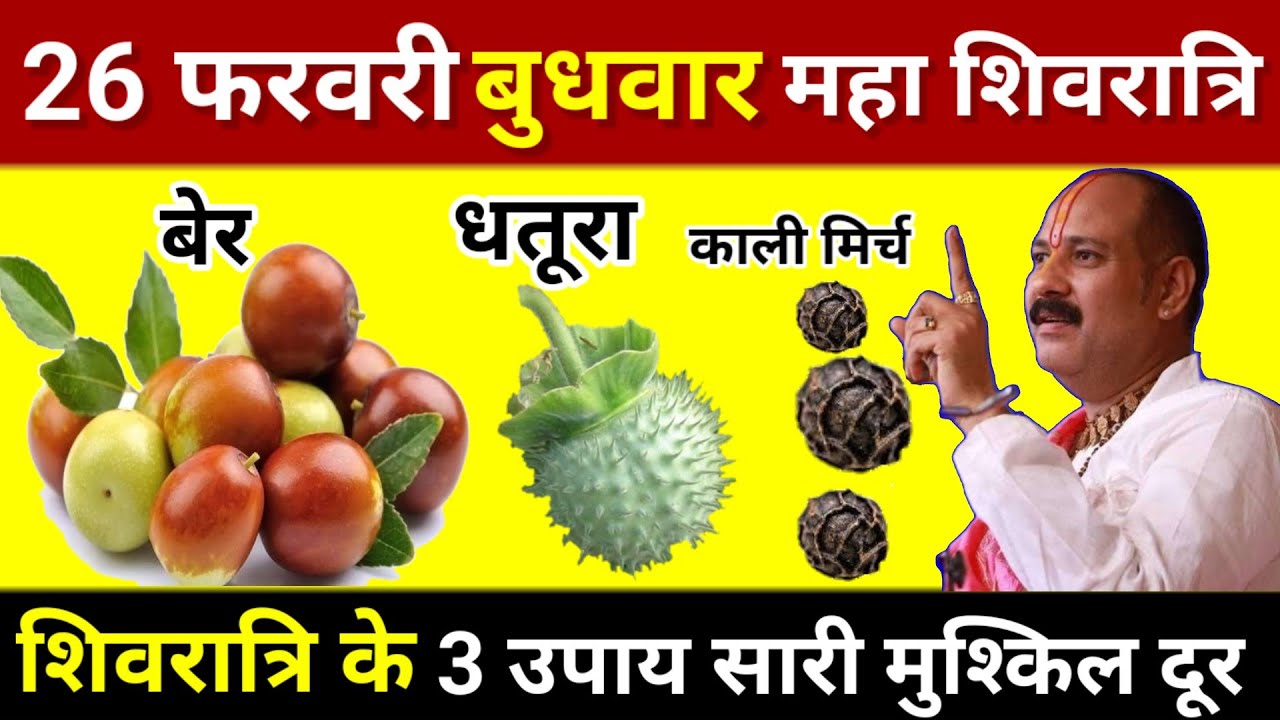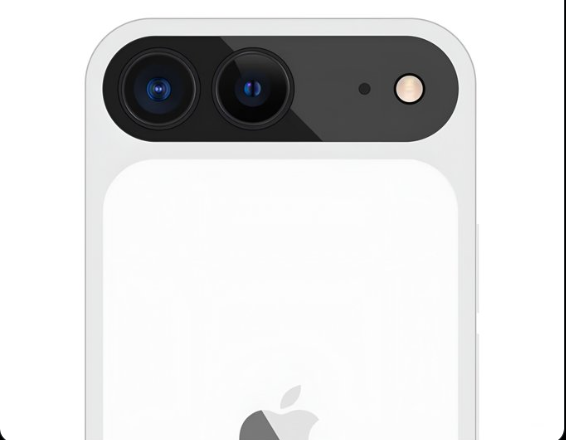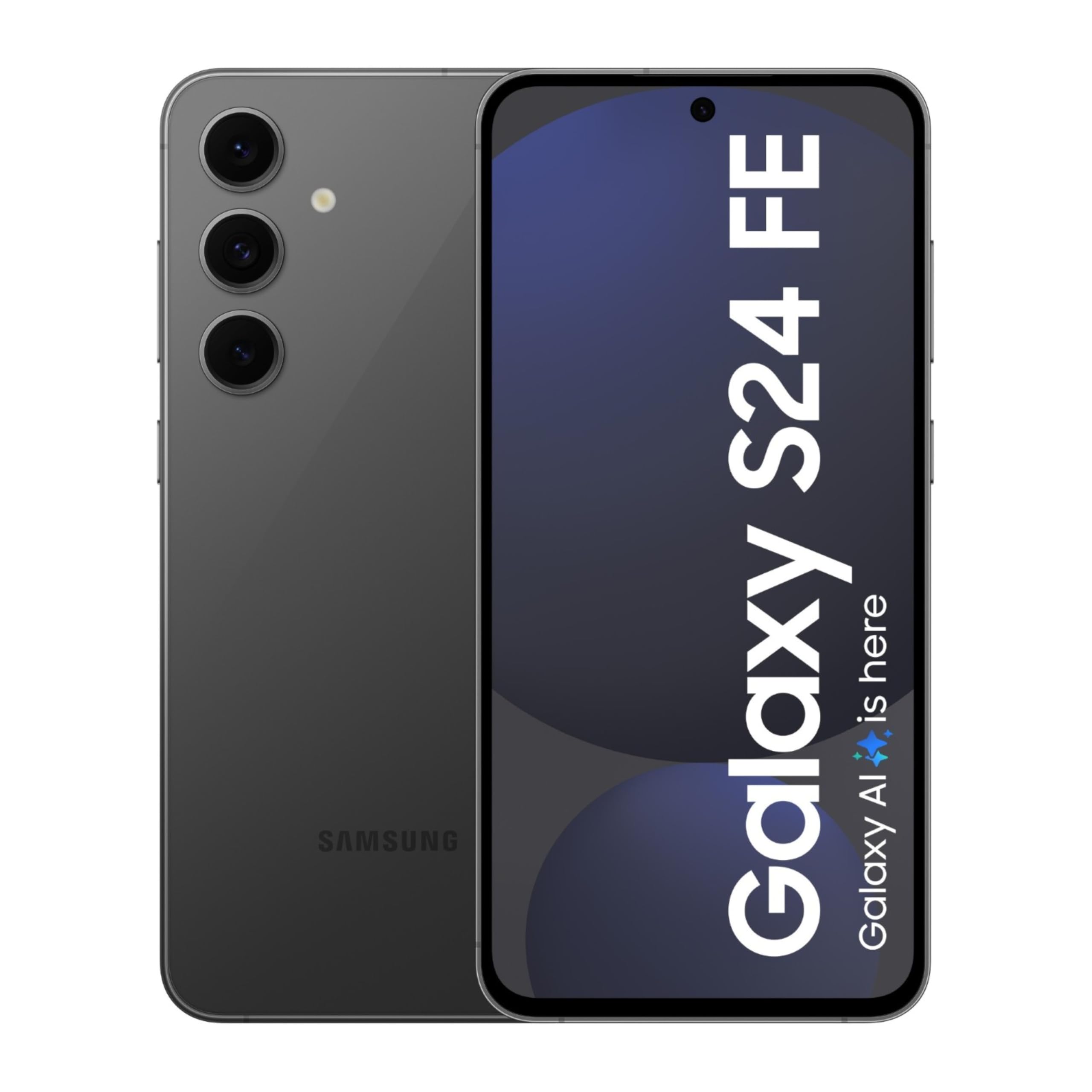The Genius Strategy of Coca Cola to beat Pepsi | The Rise and Fall of Crystal Pepsi: A Lesson in Marketing Brilliance and Failure
"Explore the intriguing journey of Crystal Pepsi, a product that shook America in 1992 but faced a rapid downfall. Uncover the marketing brilliance behind its rise, the bottling challenges it encountered, and the strategic moves by Coca-Cola that led to its ultimate failure. Discover valuable business lessons learned from this fascinating case study. Join me on a journey through the highs and lows of Crystal Pepsi's short-lived success and learn essential insights for navigating the complex world of product launches and marketing strategies."
The Genius Strategy of Coca Cola to beat Pepsi
Introduction: The Rise and Fall of Crystal Pepsi
Hey everybody! In 1992, Pepsi launched a revolutionary product that took America by storm – Crystal Pepsi. This transparent, caffeine-free cola was not only refreshing but also captured the essence of the clear craze that swept the nation. Within a year, it recorded sales of $474 million, claiming 2.4% of the American soft drink market. However, in just nine months, this sensation turned into a massive failure, leaving Time magazine to name it among the top 10 failures of all time.
Why Crystal Pepsi?
The clear craze of the late 1980s to early 2000s inspired brands to launch transparent products. Pepsi, wanting to capitalize on this trend and facing a slowing soft drink market due to the recession, decided to fast-track the launch of Crystal Pepsi in time for the Super Bowl – America's biggest annual sports event.
The Super Bowl Launch: The Rise and Fall of Crystal Pepsi
Crystal Pepsi was launched in December 1992, with its Super Bowl ad airing in 1993. The ad was a massive hit, and Pepsi sold $474 million worth of Crystal Pepsi within a year.
The Bottling Issue: The Genius Strategy of Coca Cola to beat Pepsi
Crystal Pepsi's success was short-lived due to a bottling issue. Pepsi wanted the product in clear bottles to showcase its transparency, but exposure to sunlight caused the drink to develop a bad aftertaste. The bottling problem became a significant hurdle in sustaining the product's success.
Incongruence and Health Perception: The Genius Strategy of Coca Cola to beat Pepsi
Crystal Pepsi was marketed as a pure, natural, and healthy alternative to regular cola. However, it failed to align with consumer expectations. Despite looking like a health drink, it had the same calories as regular Pepsi and did not taste like a typical health beverage.
Coca-Cola's Kamekazi Strategy: The Rise and Fall of Crystal Pepsi
Coca-Cola, recognizing the threat posed by Crystal Pepsi, launched its own clear cola called Tab Clear. Positioned as a diet drink, Tab Clear caused confusion in the market and split the consumer base. Crystal Pepsi faced tough competition from its own category, leading to a decline in demand.
Business Lessons Learned: The Rise and Fall of Crystal Pepsi
1. **Fast-Tracking Caution:** When fast-tracking a product launch, never compromise on fundamental qualities, as it can lead to long-term failure.
2. **Clear Product Positioning:** Clear and consistent product positioning is crucial in marketing. Confusing marketing campaigns can lead to customer disinterest and product failure.
3. **Embrace Failure:** Don't shy away from attempting unconventional ideas. Even if they fail, the experience can be invaluable for future success.
Conclusion: The Genius Strategy of Coca Cola to beat Pepsi
Crystal Pepsi, once a symbol of marketing brilliance, serves as a cautionary tale about the importance of careful product development, clear positioning, and the potential consequences of fast-tracking. In the dynamic world of business, learning from failures is as essential as celebrating successes. Remember, every failure is a stepping stone to future success.
Written By: Muktar











